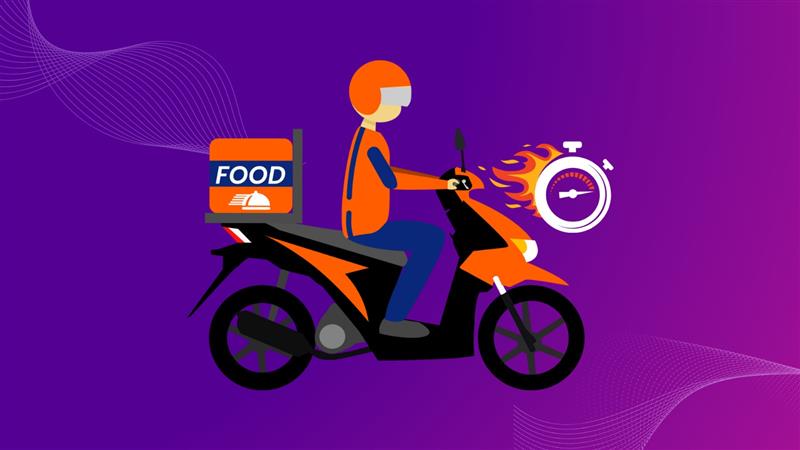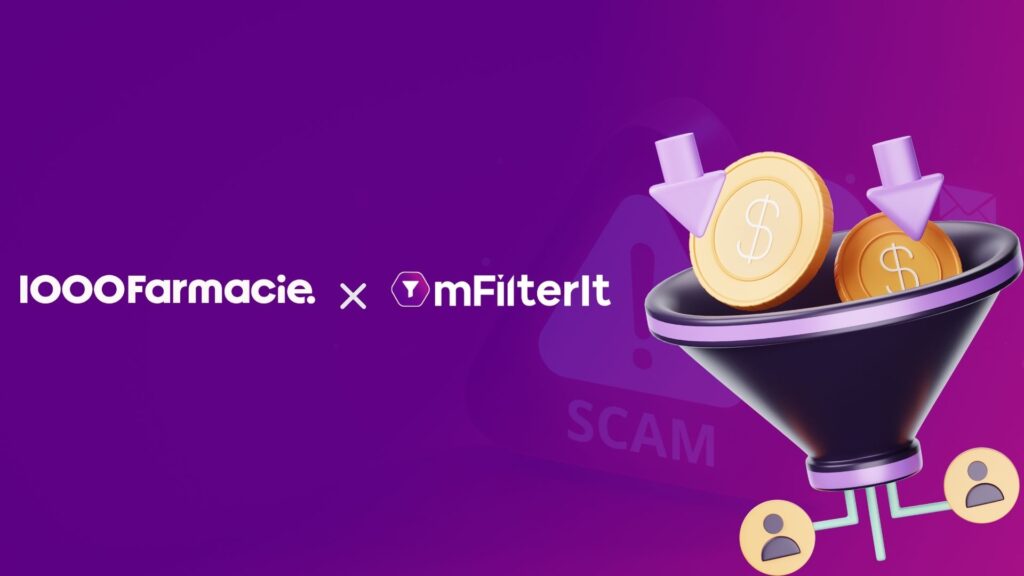Unpaid/Organic traffic signifies that a brand has obtained a market reputation and trust of its consumers. The traffic growth happens over time and is a collaborative result of the product, marketing, promotion, and other teams. Organic traffic is beneficial for brands for many reasons such as visibility, garnering consumer trust, free engagement with qualified prospects, etc.
Meanwhile, inorganic traffic boosts reachability/visibility to the target audience, influences brand searches, acquiring leads, and more. On average, 16-20% of conversions happen through organic users. The term ‘organic stealing’ often stirs up emotions like fear, anger, frustration, etc.
“By doing organic theft, fraudsters deprive brands of new user acquisition and steal attributions of existing loyal users.”
For any given brand, a user base is quantified by the revenue. The purpose of doing advertisements is to increase this very base. But what if your ads are not bringing in over and above the revenues that it is expected to increase the current traffic base? You might be a victim of organic stealing.
What essentially happened is that you are paying for customers who are already engaged with your brand, and no new addition has happened. Your ad budgets went inlining the cybercriminal’s pocket.
Stealing organic traffic also causes other repercussions for a brand. For example, a fraud affiliate may continuously inject clicks and register attributions with the Mobile Measurement Partner (MMP).
Besides money, the brand receives falsified campaign analytics because the user never clicked on the ad. Additionally, misattribution results are used to develop marketing strategies, and an additional budget is used to boost the fraud affiliate’s activities. App optimization efforts also get scrutinized due to organic traffic theft.
A team working on app optimization would use the behavioral data to check organic downloads/installs. The team would use the exact data for optimizing features, functionality, and user experience (UX). Unfortunately, the data visible to the analysts is falsified or doesn’t display its full potential.
Table of Contents
Toggle2 Ways to Combat Organic Stealing
● Continuously Review CTRs on Every Campaign
Paid digital ads witness meager conversion rates whenever organic stealing comes into the picture. Your click-through rate (CTR) substantially plummets for every campaign and demands reviewing the analytics.
Upon review, you would notice high impressions or views but drastically low clicks or visits. As such, paid ads should increase users because the brand has enhanced visibility. Unfortunately, the reverse impact is happening and draining the advertising budget faster than before.
● Ad Traffic Validation
The best method of staying away from fraud affiliates and avoiding organic stealing is by using mFilterIt’s Ad Traffic Validation. The solution works 24×7 and alerts about analytical anomalies in real time. Therefore, brands can eliminate ad fraud and retain their organic traffic.
Furthermore, detecting authentic inorganic sources helps brands identify the actual top performers of their affiliate marketing campaigns and build marketing strategies using accurate analytics.
Besides this, the solution also validates traffic sources on the URLs shared by the brand. So, brands can eliminate ad fraud and keep their customer data systems/remarketing lists clean.
Conclusion
Cannibalizing organic traffic drains the marketing budget and straightforwardly showcases that ad fraud is prevalent. Moreover, it dramatically threatens analytics concerning marketing strategies and compromises asset optimization.
Therefore, brands need to mandate an Ad Traffic Validation solution. mFilterIt is a pioneer in ad fraud detection and elimination. The company’s solution is safeguarding brands across six continents from advertising fraud.
Get in touch to learn more about Organic Stealing.









